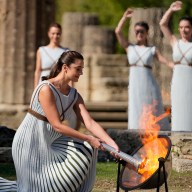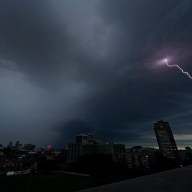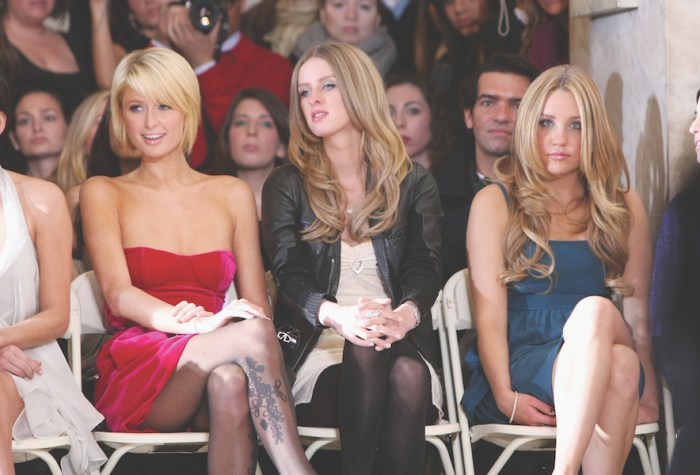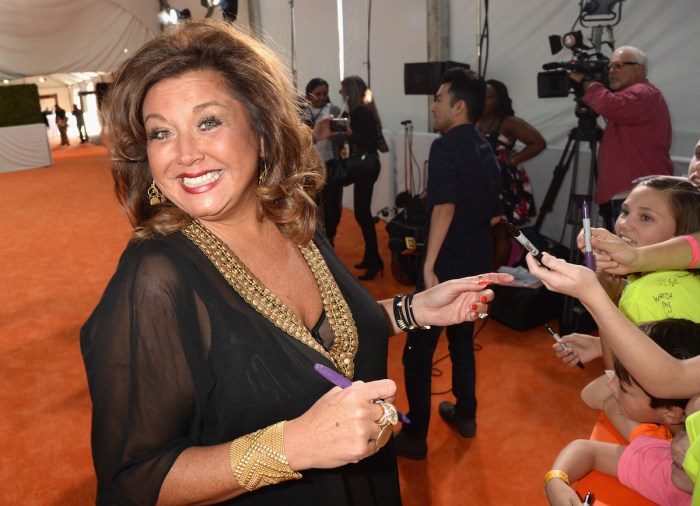Shortly after a fatal explosion leveled two East Harlem buildings this month, a tiny gadget hovered above the wreckage, engrossing bystanders.
The object was a DJI Phantom drone — a small, remote-controlled aircraft worth roughly $1,200 that allows its operator to take pictures and video from the sky.
Brian Wilson, the drone’s pilot, typically flies in considerably less dangerous locales.On a recent weekday, the 45-year-old from New Jersey took aerial pictures of a house on a quiet Upper West Side block.
“I’ve always been very interested in robotics and drones,” Wilson said while controlling the vehicle with a large remote. “I like any new technology that can help automate processes or give people power to do different things.”
Wilson hopes to build a business in drone photography, by recording concerts and other events from a birds-eye view or selling aerial shots of real estate to property owners looking to add a special touch to their listings.
“If you get that unique shot, it could be the difference between getting someone who says, ‘Hey, I want to buy that,’ or not,” he said.
It’s a far cry from the popular image of drones as instruments of war or government surveillance, but as hobbyists and commercial operators are proving, there are other applications for aerial robotics.
Peter Sachs, a helicopter pilot and fire department volunteer in Connecticut, was recently asked to use his drone when a blaze erupted in a quarry near his home. Before sending people in to put out the fire, officials wanted a closer look to determine whether the flames were near any of the quarry’s explosives.
“I just happened to be one who owned a drone, who happened to be a volunteer member of the fire department,” Sachs said. “The drone was the difference between putting out the fire and waiting to see what happened next. It made an enormous difference.”
Aspiring unmanned aircraft pilots may find themselves in a legally-complicated spot, depending on what they’d like to do with their drones. While drones have been used by a wide-spectrum of businesses across the country, from farming to photography, the Federal Aviation Administration won’t officially allow drones used for commercial purposes until 2015.
Still, hobbyists are in the clear — so long as they keep their devices at relatively low altitudes.
According to Wilson, the police allowed him to pilot his craft at the scene of the explosion in Harlem, but eventually asked him to bring it down because the sight was causing a “ruckus” on the ground. After the media attention surrounding the event, Wilson said he received a call from the FAA, and the representatives he spoke with were “very positive.”
Sachs, who is a Connecticut-licensed attorney, believes that the FAA has no authority to regulate drones at all. The language of current laws doesn’t account for very small and/or unmanned aircraft, according to Sachs, though that’s bound to change soon.
“If some person was able to afford to buy a Boeing 747, and was capable of making it fly unmanned, they could do whatever they wanted with it, and the FAA couldn’t stop them,” he said, adding, “I’m not encouraging anyone to try to do that.”
There’s legal precedent for Sachs’ admittedly controversial opinion. In 2013, the FAA took its first legal action against a remote aircraft pilot, fining Raphael Pirker $10,000 for flying commercially and “in a careless or reckless manner.”
Pirker fought the charges, and, this month, a federal court ruled in his favor, arguing that there are currently no laws prohibiting commercial drone flight. The FAA has appealed the decision.
For more stories like this visit ANIMAL New York.















